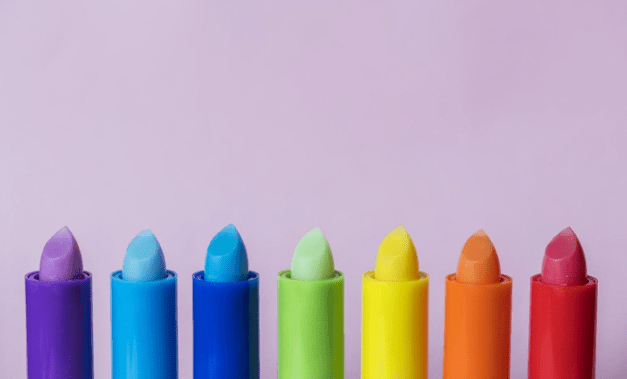Many people check food labels to see if they contain any harmful chemicals or preservatives, but did you know that it is imperative to check your beauty products as well?
Beauty products contain chemicals of which many gets absorbed into your body. The Beauty Industry is unregulated, and products aren’t always subjected to pre-product approval before landing on the shop shelves and into your home. Thus it has been advised that you should always check the packaging date of any product. Still, in beauty related, it is always recommended to use natural and sustainable cosmetic products so your skin does not get harmed by chemical products.
The Ideal Attributes Of A Preservative Include:
- Stability of shelf-life.
- Compatibility of the product.
- Whether the product is safe for use.
- The cost-effectiveness.
- Comprehensive efficacy.
- Merchant availability.
- Eco-friendliness profile.
- Registration with regulatory agencies.
Other Factors That Can Impact The Agility Of The Preservative System Include:
- Quality
- Packaging design
- Consumer user habits
- Exposure conditions in the warehouse and during transit.
Products that include cosmetics products, personal care products and multi-dose pharmaceutical products which frequently contain preservatives must be subjected to antimicrobial effectiveness testing (AET) and Preservative Efficacy testing (PET) to assess their antimicrobial preservation abilities.
Many synthetic chemicals added to products can be harmful to you and in this article, we’ve outlined the top ones that you should keep an eye out for.
- Parabens
Parabens are used extensively to prevent mould, yeast and bacteria growth in cosmetic products. The main hassle with them is that they are known for disrupting oestrogen production in the body and are associated with increasing the risk of breast cancer. Parabens are usually found in body wash, makeup, cleansers, shampoos and deodorants. They’re also used in certain pharmaceutical and food items.
- Synthetic colours
Synthetic colours derive from coal tar, or petroleum sources is a skin irritant and are presumed to be a human carcinogen. When looking at a product label, be on the lookout for the letters
I’m a 20-something stay-at-home mother and wife. I have an amazing husband, a beautiful daughter, two loving dogs, and a lazy cat. I wouldn’t change my life for anything! I love to read, listen to music, cook and blog!


Speak Your Mind